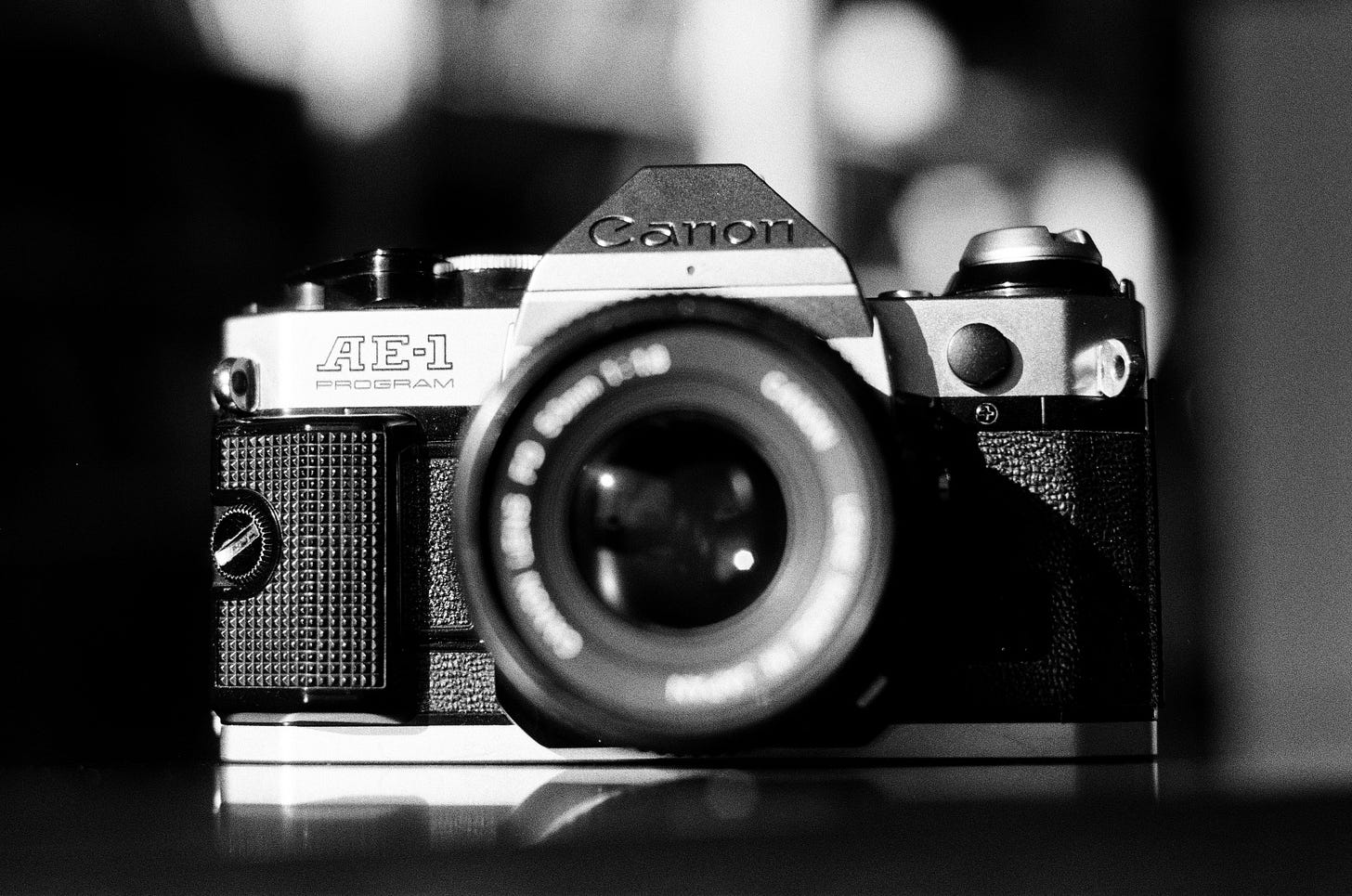Introducing Dynamic Range Leadership: Seeing the Whole Picture
An Introduction to Dynamic Range Leadership
Understanding Dynamic Range
I got into photography about seven years ago, and it has become a consistent part of my life. Early on I learned about dynamic range, a camera’s ability to capture detail in both the brightest highlights and the deepest shadows. The wider the range, the more faithfully an image reflects reality.
The tool determines how much range is possible. Smaller, more affordable cameras capture less information, yet they still serve a purpose depending on the context. Professional-grade cameras, with larger sensors and more complex systems, capture greater range and reveal more nuance. Both types of tools matter; they simply serve different goals.

Leadership philosophies and tools work the same way. Some are simple, such as personal systems, productivity habits, and daily rhythms. Others are complex, like organizational structures, strategic frameworks, or communication systems. Each expands what we can perceive and manage, helping us see a wider picture of our work. But even the best tools have limits.
The Human Advantage
Human vision still surpasses any camera. We naturally process light and shadow at the same time. What is difficult for a camera to capture, the human eye has no problem. Leadership is similar. Tools and systems can expand what we notice, but they cannot replace the depth of human perception, our capacity for reflection, empathy, and discernment.
That is why self-leadership matters. The more we grow personally, the wider our internal dynamic range becomes. When we cultivate integrity, humility, and awareness, we begin to see both our strengths and our blind spots, our momentum and our fatigue. Personal growth widens our vision in a way no external system can.
Applying the Concept to Leadership
Over the past decade I have worked in various leadership and management roles in Christian higher education. Across teams and seasons of change, I have seen how easily leaders narrow their range. Some focus only on the bright spots, such as growth, innovation, and success. Others dwell in the shadows, focusing on problems, limits, and setbacks. Both miss the full picture, the way an overexposed or underexposed photo hides what is really there.
Many leaders also narrow their range by separating leadership from management. We talk about leadership as vision and inspiration, and management as something merely administrative. But in reality, nearly all leadership involves management. Most of us lead by coordinating people, building systems, and maintaining clarity amid competing demands. Leadership that ignores management loses balance, and management without vision loses direction. To lead well, we have to manage well.
Leaders with wide dynamic range resist distortion. They see both tension and possibility. They use tools and systems wisely, but they also do the personal work required to interpret what those tools reveal. They hold contrast long enough to make sense of complexity and lead with steadiness.
Seeing Fully
Dynamic Range Leadership is about cultivating this full spectrum of vision. It is about developing the tools and the personal maturity to notice both the light and the shadow within ourselves, our teams, and our organizations.
The goal is not to eliminate complexity but to see it clearly. When we widen our range, we lead with more truth, more compassion, and more clarity.
That is the purpose of Dynamic Range Leadership: exploring how leaders can see more fully through better tools, wiser structures, and deeper self-leadership.


